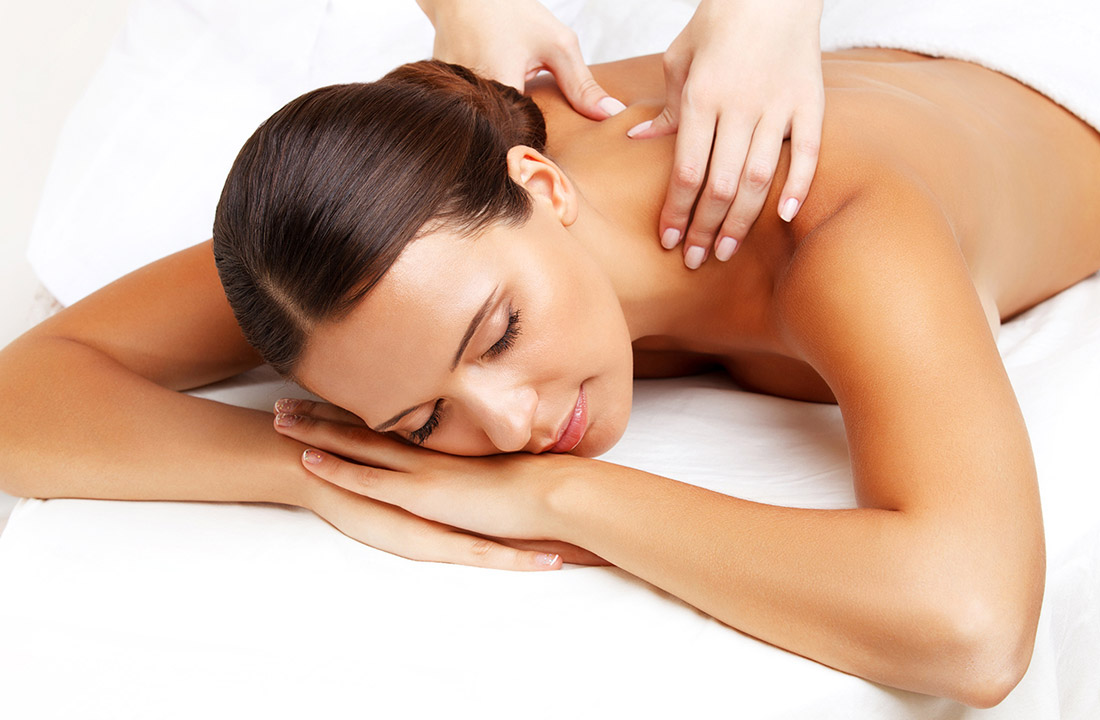Massage therapy eases the symptoms of carpal tunnel syndrome and increases grip strength, according to a recent study.
“Carpal tunnel syndrome symptoms are lessened following massage therapy” was conducted by staff at the Touch Research Institutes at the University of Miami School of Medicine in Miami, Florida.
The Study for Massage For Carpal Tunnel Syndrome
Symptoms of carpal tunnel syndrome include pain, tingling, burning and numbness of the hand. Sixteen people diagnosed with this syndrome participated in the study. All of them held jobs involving heavy word processing or computer work.
Subjects were randomly assigned to either the standard-treatment control group or the massage therapy group. Those in the massage group received one massage per week on the affected arm for four weeks. They were also instructed in self-massage, which they were to perform each night before bed.
The massage routine consisted of stroking of moderate pressure from the fingertips to the elbow. A massage and pain log was kept by subjects in the massage group. In the log, participants recorded the times at which they began and ended self-massage, as well as their levels of pain on a scale from zero to 10.
Subjects in the control group received no intervention but were taught the massage routine after the study ended.
Physicians evaluated participants’ carpal tunnel symptoms, such as tingling, numbness, pain and strength, at the beginning and end of the four-week study. The Tinel sign, which tests to see if light tapping of the affected area elicits pain or tingling, was also used at the start and finish of the study. Physicians used the Phalen Test at the beginning and end of the study as well. The Phalen Test involves flexing of the wrists to see if numbness or tingling occurs.
A nerve conduction test was also performed at the start and finish of the study. This involved stimulation of the median sensory nerves through electrodes placed on each subject’s index finger and wrist. Peak sensory latencies were recorded to test for nerve compression at the carpal tunnel. Median peak latency was the primary outcome measure.
Assessments were also made before and after the massage sessions on the first and last days of the study, including the Perceived Grip Strength Scale; VITAS, a pain assessment using a visual analog scale; the state anxiety inventory; and the Profile of Mood States.
The Results from the Study
Results of the study showed that the subjects in the massage group had significantly less pain and reduced carpal tunnel symptoms, as well as shorter median peak latencies and increased grip strength.
“Functional activity also improved as noted in reduced pain and increased grip strength in the massage therapy group, both immediately after the first and last massage therapy sessions and by the end of the study,” state the study’s authors. “Finally, the massage therapy group reported lower anxiety and depressed mood levels both immediately after the first and last sessions and by the end of the study.”
– Source: Touch Research Institutes at the University of Miami School of Medicine in Miami, Florida. Authors: Tiffany Field, Ph.D.; Miguel Diego; Christy Cullen; Kristin Hartshorn; Alan Gruskin; Maria Hernandez-Reif, Ph.D.; and William Sunshine. Originally published in the Journal of Bodywork and Movement Therapies, 2004, Vol. 8, pp. 9-14.

